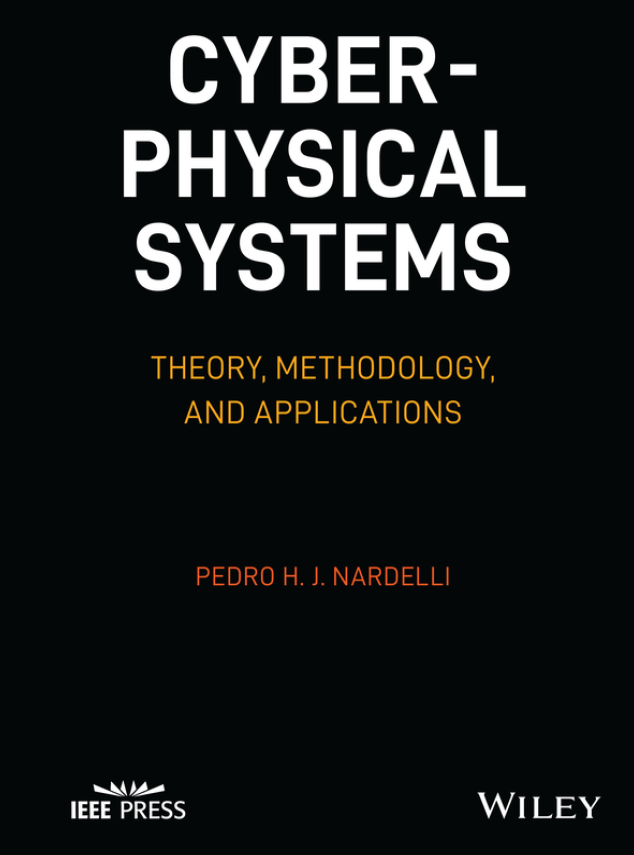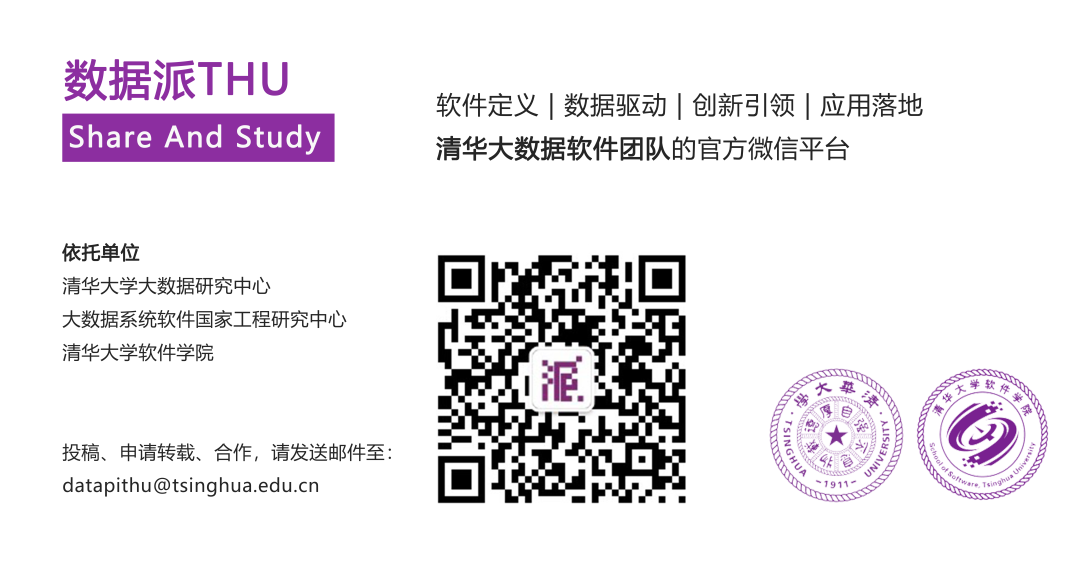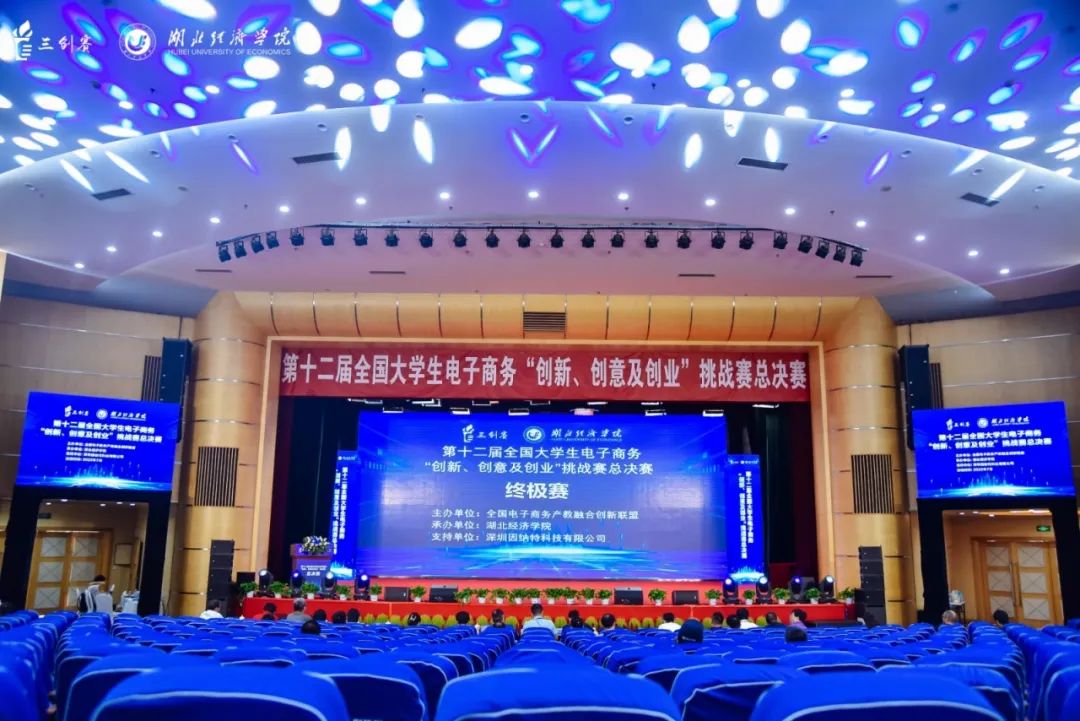[Harducleic Book] Information Physics System Theory, Methods and Applications
Author:Data School Thu Time:2022.09.28

Source: Specialty
This article is introduced by books. It is recommended to read for 5 minutes
This book is used to evaluate a system that is processed by complex information processing and definition of physical processes.

The "Information Physics System" provides a unique general theory of information physics system, which is concerned about how physics, data and decision -making processes are connected as a complex whole.
Information physics system (CPS) runs in a complex environment with comprehensive physical and computing power. Because the information and physical systems can be used in various ways, information and physical systems are applied to the Internet of Things (IoT) devices, smart grids, automatic car systems, medical monitoring and distributed robots. The existing engineering methods can solve technical problems. However, the deployment of CPS in the network society requires a common theory that transcends specific research cases and its related technologies.
https://www.wiley.com/en-use/cyber +physical+sytems:+Theory ,+methodology, +and+Applications-p-978119785163
"Information Physics System: Theory, Methodology, and Application" is a unique theoretical-methodological guide to evaluate a system that is used to define the physical process behavior of complex information processing. The method of using the system, this book describes the foundation of control theory, complexity science, system engineering, data and information concepts, data dissemination processes, diagram, and so on. Provide readers with general theory, method framework and analysis tools to evaluate and design CPS for transportation, energy, communication, health care, military and industrial.
It provides a framework for measuring the performance of different information physics systems and evaluating the potential effects of various network threats
A CPS theory consisting of a physical layer, data layer and regulatory layer that is independent but mutually dependent is proposed
Discuss the decision -making method rooted in probability theory, information theory, complexity science and gaming theory
Help readers systematically affect the influence of popular topics such as artificial intelligence, 5G, energy Internet, blockchain, data ownership and other popular topics
It is characterized by a wide range of analysis of various information physics systems across different fields
Information physics system: Theoretical, methods and applications are undergraduates and graduate, researchers and practitioners in electronic, computer engineering and other technical fields.
1 intolduction
2 systemm
3 Uncertaulty
4 Information
5 network
6 Decisions and Acts
7 The Three Layers of Cyber-Physical Systems
8 Dynamics of Cyber-Physical Systems
9 EnBling Information and Communication Technology
10 Applications
11 Beyond Technology
12 Closing words
This book is divided into three main parts, ten core chapters, plus introduction and last chapter, the last chapter is my conclusion. The first part covers Chapter 2 to Chapter 6, which focuses on the key concepts and theories required for the new theory of CPSS, which will be introduced in Chapter 7 and 8 (the second part of this book). Part III (Chapter 9, 10, and 11) discusses existing empowerment technology, specific CPS and its social impact.
The first part starts from the system -the focus of Chapter 2, where we will re -examine the foundation of the system engineering, and then it is recommended to divide a specific system according to the method of control theory. The third chapter focuses on the basis of the probability theory and the concept of random variables, focusing on how to quantify uncertainty. In Chapter 4, we will first define the concept of information based on uncertain decomposition, and then discuss different key aspects, including the relationship between data and information, and its basic restrictions. The fifth chapter introduces the mathematical theory of the figure, which is used to scientifically understand the interaction of the network structure from the process of epidemiological to fake news communication. Decisions for decision -making are the theme of Chapter 6, discussing different forms of decision -making processes based on uncertain, network and information usability. Because decision -making is usually associated with action, an agent is also introduced as a transition to the second part.
Part 2 consists of two dense chapters. Chapter 7 introduces the concept of CPS. It consists of three levels. These three levels are interconnected to form a system of self -development. Chapter 8 further discussed this feature of CPSS, introduced different dynamic modeling methods, pointed out performance indicators and possible optimizations, and vulnerability for different types of attacks. With these scientific abstraction, we will be able to evaluate existing technology and its potential impact, which is the focus of the third part of this book.
Part 3 will introduce specific technologies and its influence.Chapter 9 introduces the key to the extensive application of information and communication technology (ICT) for promising CPS.The goal of Chapter 10 is the application of different real worlds. According to our theory, they are conceptualized into the implementation of CPS.Chapter 11 Specializing in discussing technologies other than governance models, social influence and military use.At the end of each chapter, the summary of the key concepts of the most related reference materials is proposed, and then the exercises proposed for readers to actively learn how to operate and the main concepts.

- END -
Calendar: The law of gravity is found based on whose research data?

Zhanlu's collection calendar, a civilized treasure every day, customize your exclu...
National Special Prize!It ’s good to become an electronic student!

From July 22nd to 24th, the twelfth national college student e-commerce Innovation...